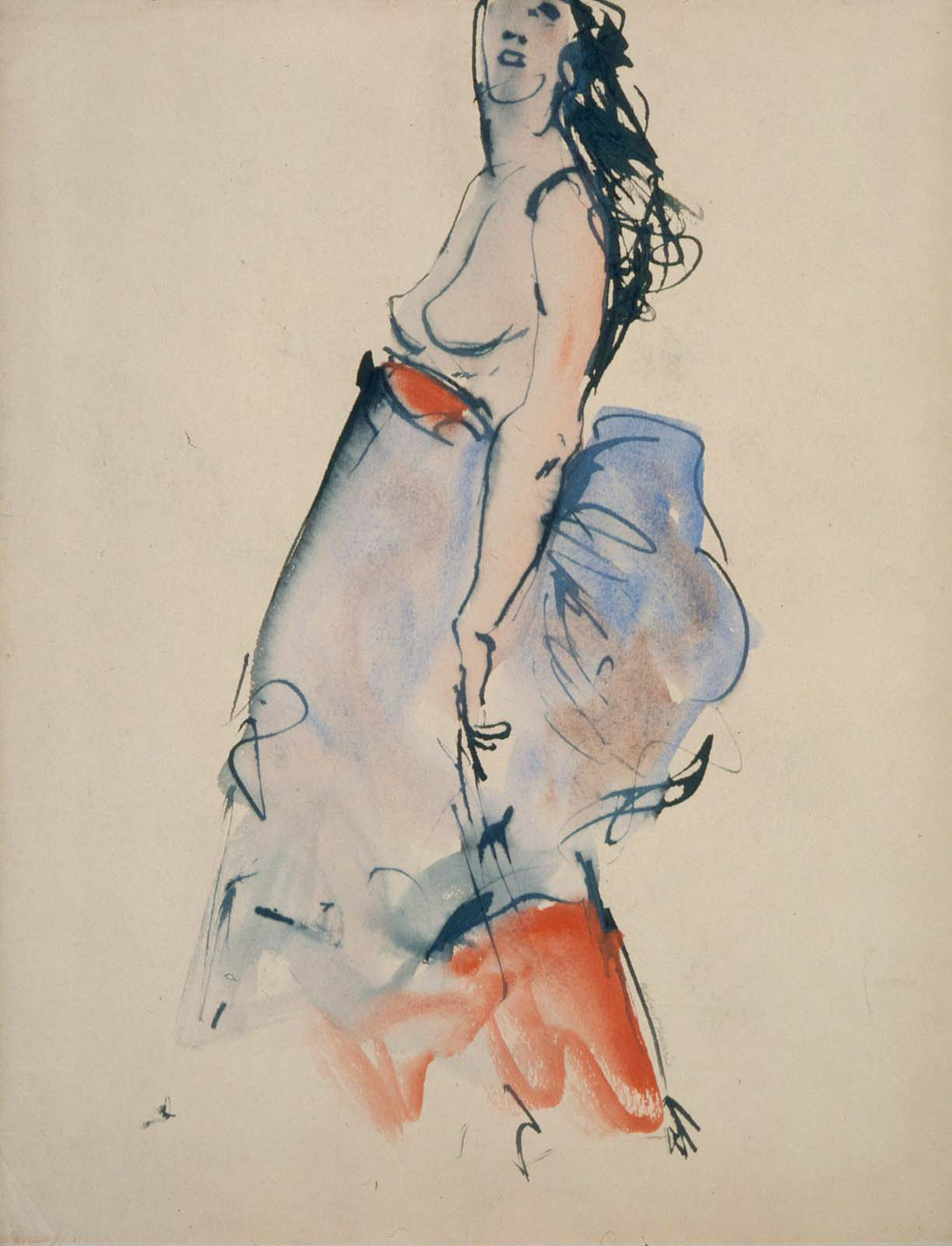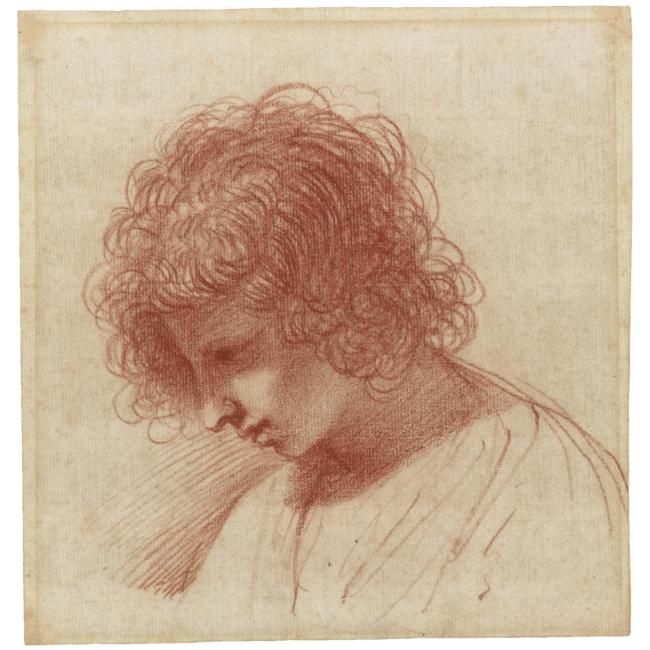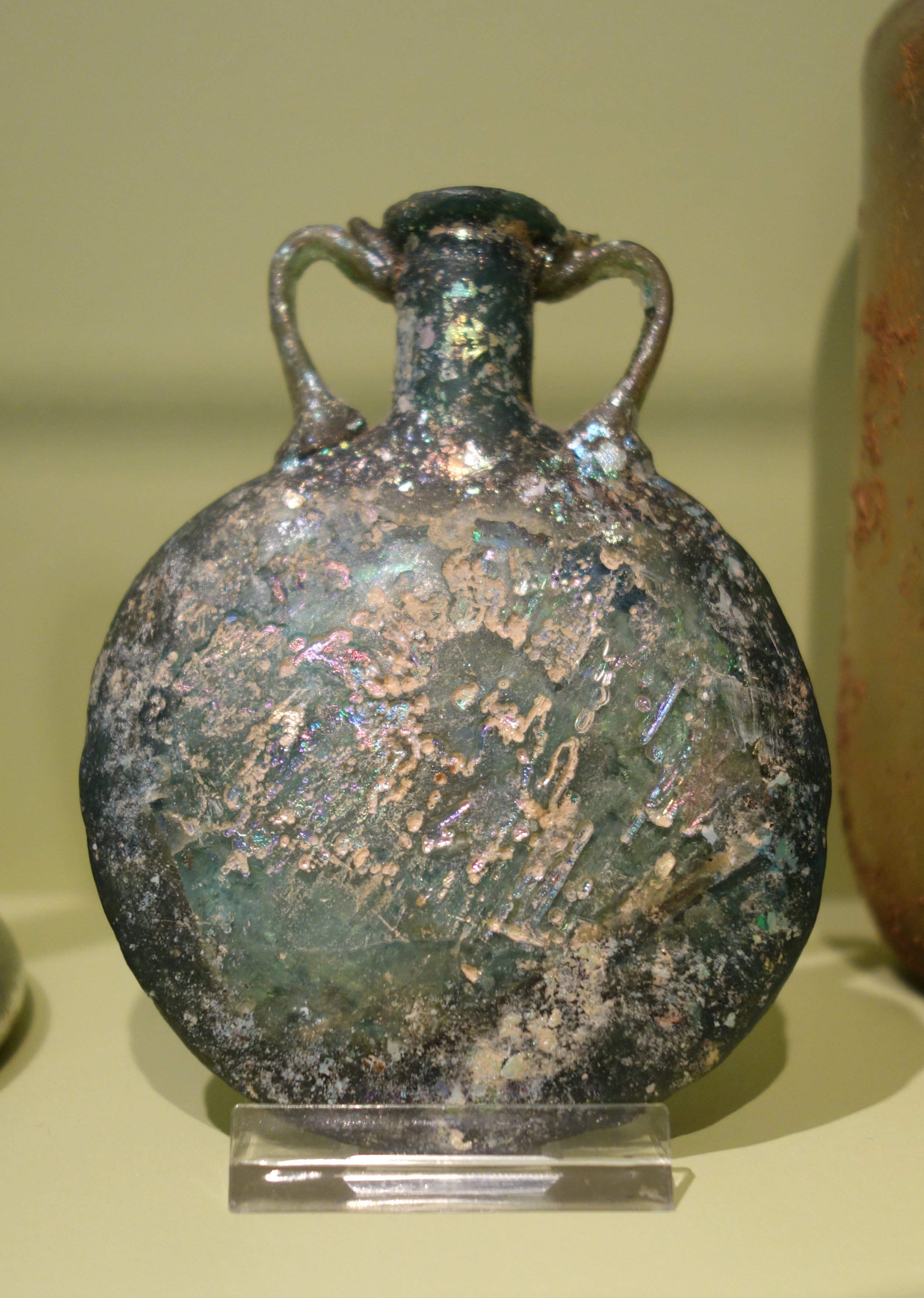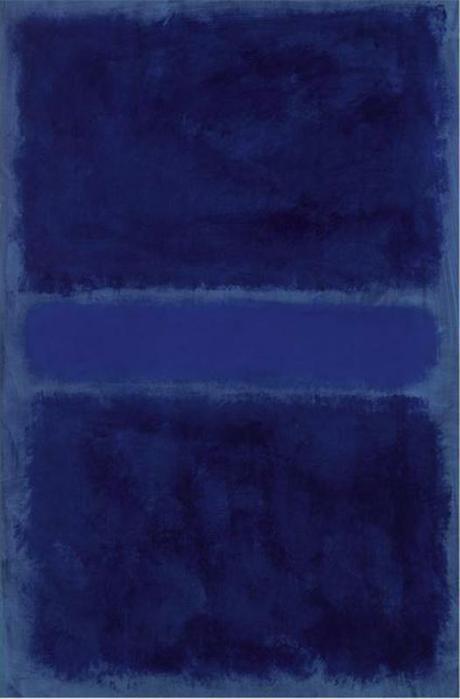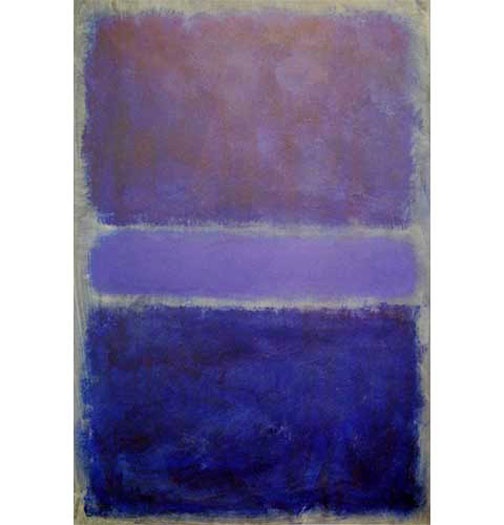As art historian, Max Raphael, observed in his lectures that were posthumously published as The Demands of Art, "Art changes our whole attitude to life, not merely our understanding of it, in fact, all our perspective."
I thought about this power of art to involve us all in every aspect of life as I read the latest newsletter from The Art Connection, the wonderful organisation that works to bring art into all the corners and crannies of the Boston area. Sarah M. Berry, programme manager, was describing her days working with social service agencies as they select art. I quote from what she said, "It is my goal for participants to learn that art belongs to them no matter what messages they've received that say otherwise. I have worked with convicts, addicts and victims, the homeless, jobless, the chronically ill, and the food-insecure. Art belongs to all of them. Art belongs to non-verbal youth with developmental disabilities and to seniors below the poverty line living with memory disorders."
She later writes that after three years of working with staff and clients through the Boston area, that "the most important thing I learned is that what people see in art is unpredictable. Listening to people describe the artwork that I have gotten to know so well gives me continuous pause to look again and appreciate the works through new eyes. Non 'art expert' eyes. Real people eyes. I am grateful for this lesson, because if nothing else, it fuels my passion about the critical role of the artist in our society. Art is a necessary part of any healthy, thriving community and it should be accessible to all." And The Art Connection works really hard to ensure that art gets into the interstices of Boston's world.
Taking Sarah Berry's observations further about art belonging to us all, especially in the context of today's society in the United States, nineteenth century English art critic and social activist, John Ruskin, also made a wise statement. "Art represents a social necessity that no nation can neglect without endangering its intellectual existence."
A final quote about the vital role that art in general plays in society: Robert Motherwell, member of The New York School of 20th century painters, remarked that, "most people ignorantly suppose that artists are the decorators of our human existence, the aesthetes to whom the cultivated may turn when the real business of the day is done. Far from being merely decorative, the artist's awareness is one of the few guardians of the inherent sanity and equilibrium of the human spirit that we have." He practised what he believed, as this image below attests.







